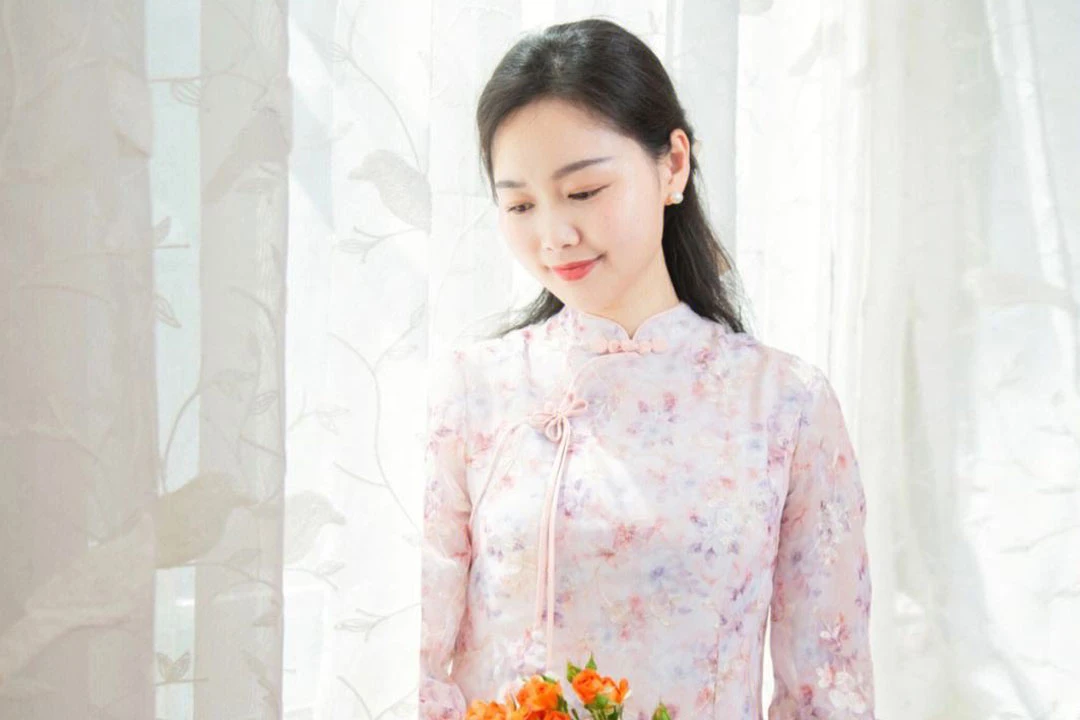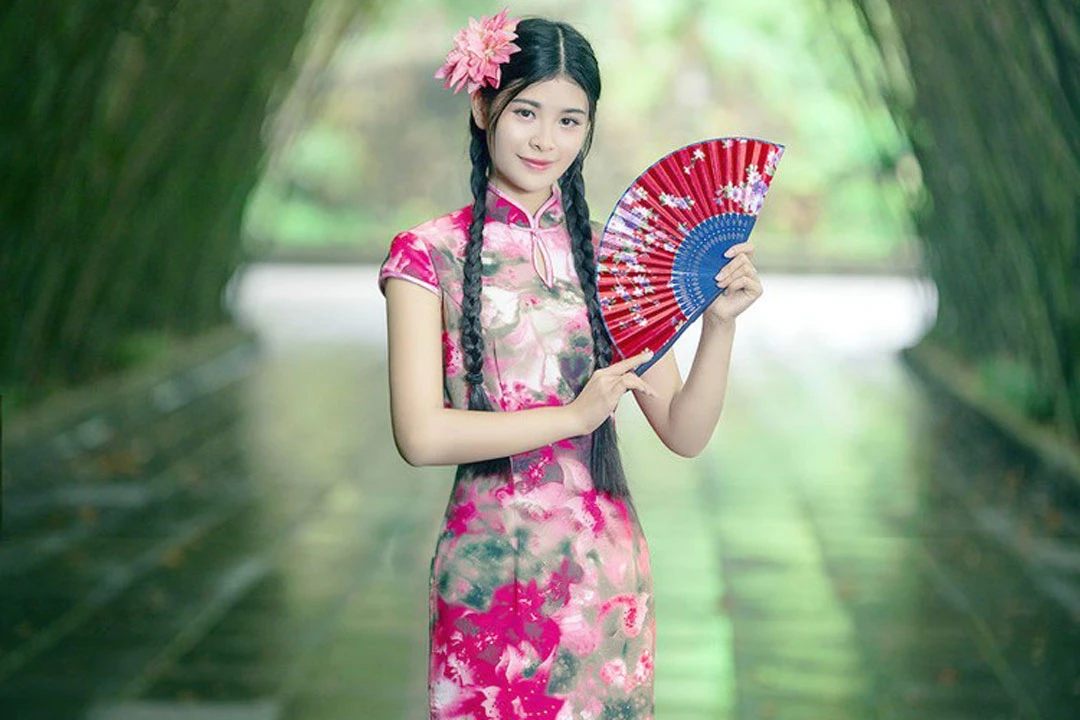In the realm of traditional attire, the Qipao and Hanbok stand as captivating symbols of cultural heritage and sartorial elegance. This exploration invites you into the rich worlds of Chinese and Korean fashion, unraveling the intricate threads that distinguish the Qipao and Hanbok.
The Qipao and Hanbok have deep-rooted histories, each weaving a narrative reflective of the cultural landscapes from which they emerged. The Qipao, with its origins in China’s Qing Dynasty, underwent transformations over time, influenced by political shifts and societal changes. In contrast, the Hanbok’s roots can be traced back to the Three Kingdoms period in Korea, evolving through various dynasties and external influences.
The historical evolution of these garments showcases the adaptability and resilience of cultural identity in the face of changing times.
Design Elements
Examining the design elements of the Qipao and Hanbok unveils a world of symbolic meanings and cultural expressions. The Qipao, characterized by its form-fitting silhouette, high collar, and slits, exudes a sense of refined elegance. The choice of colors, patterns, and adornments often carries cultural significance, with motifs reflecting auspicious symbols, nature, or historical references.
In contrast, the Hanbok embraces a more loose and flowing silhouette, emphasizing natural lines and grace. The wide sleeves, vibrant colors, and intricate embroidery on the jeogori (jacket) and chima (skirt) celebrate the beauty of simplicity and sophistication.
The Qipao and Hanbok embody contrasting approaches to elegance. The Qipao, with its figure-hugging design, accentuates the contours of the body, creating a silhouette that is both alluring and sophisticated. The high collar and slits contribute to a sense of modernity within traditional aesthetics.
On the other hand, the Hanbok’s elegance lies in the flow of its lines and layers. The loose-fitting jeogori and the full, wrap-around chima allow for graceful movement, embodying a sense of modesty and fluidity. The choice of hanbok style can also signify the wearer’s age, marital status, or the formality of the occasion.
Occasions and Rituals
Both the Qipao and Hanbok hold a significant place in cultural ceremonies and celebrations. The Qipao is often donned during formal events like weddings, banquets, and important ceremonies in Chinese culture. The choice of Qipao for these occasions reflects a blend of cultural pride and modern sophistication.
In Korean culture, the Hanbok is traditionally worn during celebrations such as weddings, the Lunar New Year, and the doljanchi (first birthday celebration). The elaborate designs and colors of the Hanbok contribute to the festive atmosphere, emphasizing the importance of tradition in these special moments.
Beyond their aesthetic appeal, the Qipao and Hanbok serve as powerful expressions of cultural identity. The Qipao, with its roots in China’s multicultural history, represents a fusion of influences from various dynasties. It is not only a garment but a testament to China’s rich cultural tapestry.
The Hanbok, deeply rooted in Confucian ideals and Korea’s historical traditions, embodies the values of modesty, respect, and harmony. Wearing the Hanbok is a way for individuals to connect with their cultural heritage and express a sense of national pride.
In the contemporary fashion landscape, both the Qipao and Hanbok have undergone reinterpretations and revivals. Designers globally have embraced these traditional garments, infusing them with modern aesthetics to appeal to a broader audience. The Qipao, with its timeless silhouette, has become a staple in global fashion, donned by celebrities and fashion enthusiasts alike. Similarly, the Hanbok has experienced a resurgence in popularity, with designers blending traditional elements with modern styles to create unique and eye-catching ensembles.
The global appreciation for both garments reflects their enduring allure and their ability to transcend cultural boundaries.
Qipao and Hanbok in the 21st century
In conclusion, the Qipao and Hanbok, though distinct in their designs and cultural origins, share a common thread of preserving and celebrating cultural heritage. Their differences tell tales of history, societal values, and individual expressions. As icons of elegance, the Qipao and Hanbok continue to weave cultural narratives in fabric, inviting the world to appreciate the beauty and diversity of Chinese and Korean traditions.


